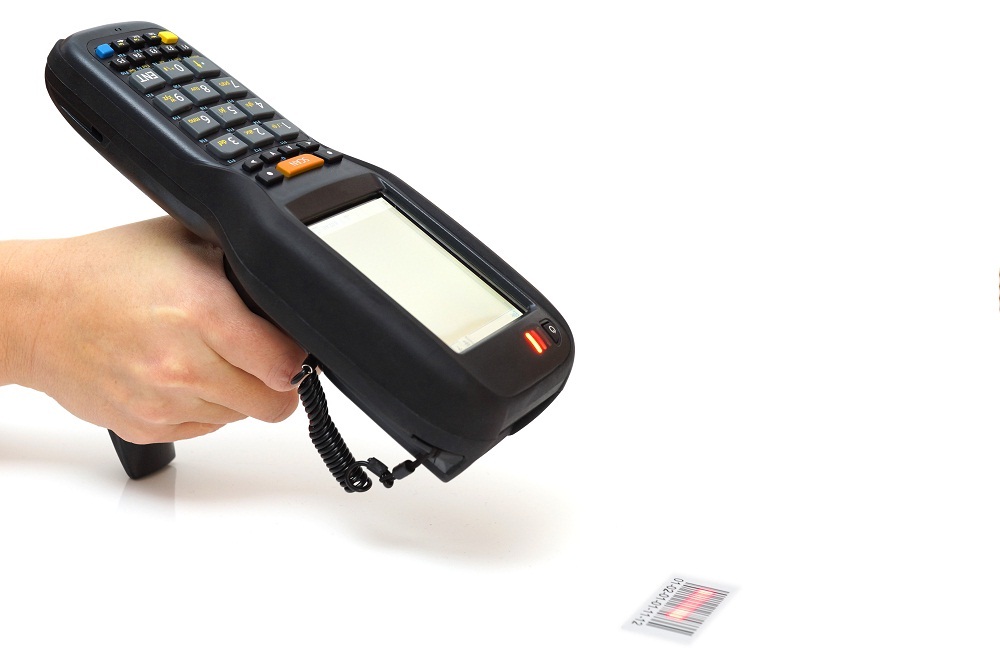When the conventional barcode scanner (handheld variety) came out, everyone thought it was the ideal inventory tool. Today, however, there are wireless barcode scanners also available in the market. Barcode scanners with wireless capability are undoubtedly more convenient because these are in no way restricted by any cords that are attached to them. Workers can use one without having to remain by the computer where it is connected.
Also called a barcode reader, a barcode scanner is used to read data from a barcode. A barcode consists of a set of lines that represents specific information regarding a product. The scanner is used to retrieve this information about the item. When powered on, the barcode scanner transmits an ultraviolet light. This light searches for the presence of a barcode. Typically, products need to be very close to the scanner for the barcode to be detected. However, there are long range industrial barcode scanners that are strong enough to detect barcodes even across a room.
Currently, there are many different types of barcode readers such as pen type readers, laser barcode scanners, CCD Barcode scanners and camera based barcode readers. Pen type scanners are a common option for a number of stores, they are quite small, resembling ballpoint pens. These pointed ones are normally mounted inside countertops and are usually seen in grocery stores. They are swiped across barcodes for accurate reading. The one issue that users encounter is time lag, as pen type readers are not as time-efficient as other types of scanners.
Among these types of barcode readers, however, their wireless counterpart offers the most advantages; especially if a choice had to be made between going wireless or going for fixed readers. Fixed position scanners are normally used by large establishments that are very spacious. These users are such as manufacturing warehouses and large storage areas that keep track of bulk inventories. Some companies in constant need of tracking items for shipping in and out to customers and distributors often purchase fixed scanners.
Mobility
A wireless barcode scanner works much like a traditional cordless phone. It communicates with a base that has a pre-determined distance within which you can use the device. The base is then connected to a computer that keeps the device charged. Users need not feel restricted or limited in movement whatsoever. Wireless barcode scanners are indeed easy to use and the absence of cords allows a worker to easily maneuver even in places with limited space, such as a cramped warehouses or small shops or establishments.
Increased Productivity
Whether it is for managing your business inventory, employee time tracking, or for keeping track of important things, nearly every business today make use of barcode scanners. It has been observed that barcode technology allows you to enter data 20,000 times more accurately and 20 times faster than manual data entry.
Accuracy
There is an average of 10 errors for every 1,000 characters typed on the keyboard. On the other hand, there is just about one error for every 10,000 reads using an Optical Character Reader (OCR). With barcode technology, there is only an average of one error for every 3,000,000 characters.
Greater Work Efficiency
Because wireless barcode scanners are easier to use, it results in greater work efficiency. Thus, it reduces labor costs and improves your bottom line. Using this tool allows a worker to move from one item to another quickly and more easily.
Durability
Wireless barcode scanners are built to last because such products are manufactured with the consideration that the units involve a lot of moving around. Thus, accidents like the scanner getting dropped by a worker can happen. In order to protect your investment, many of these scanners are built to withstand multiple drops.
Barcoding and scanning are advancements that have greatly facilitated efficient business operations and sales. Shipping orders are now being better handled and monitored because of barcoded inventories. Companies have found that the feature of barcoded inventory and scanning in stores have facilitated higher sales volume. Starbucks, for one, admits to a boost in sales with the use of mobile payment apps in-store. The well-known and patronized coffee shop has made a loyalty program available for patrons. Perks include free drinks to customers on their birthday. Along with that, the Starbucks card is reloadable, in which customers can load up stored dollar values for later purchasing. Barcode technology is used at the point-of-sale register to deduct purchases from the Starbucks car thru the card app. This feature apparently has great appeal to customers, making store purchasing a breeze.
Stores and companies desiring to look into better ways of handling store operations and inventory management may inquire from service providers that offer a wide variety of services. Companies like Shopify offer assistance from business set-up to point of sale systems. Check company sites for more help.
